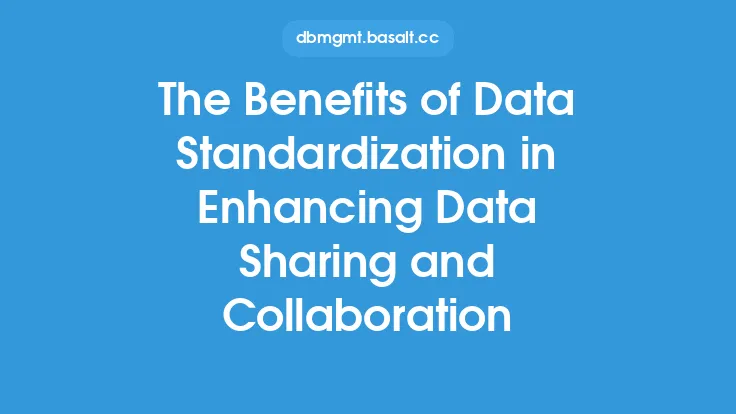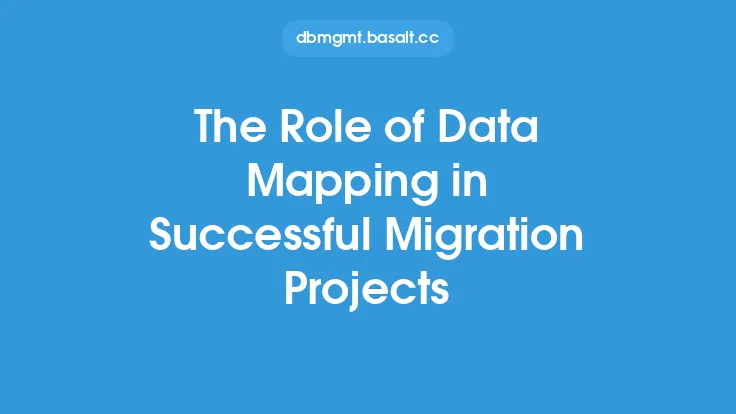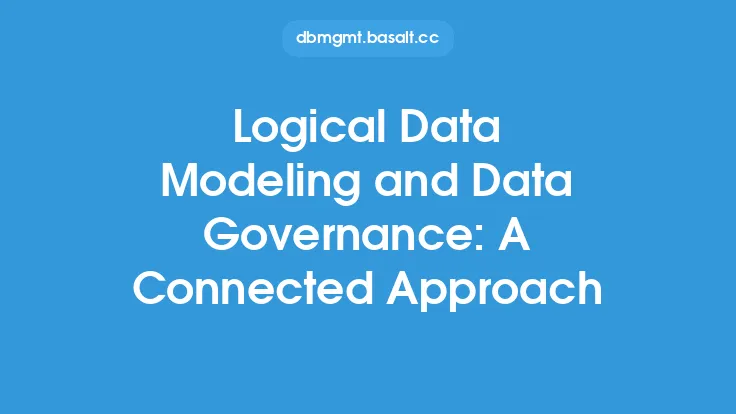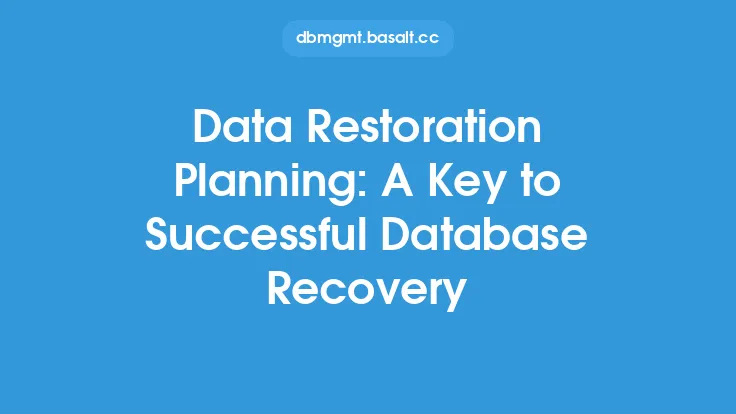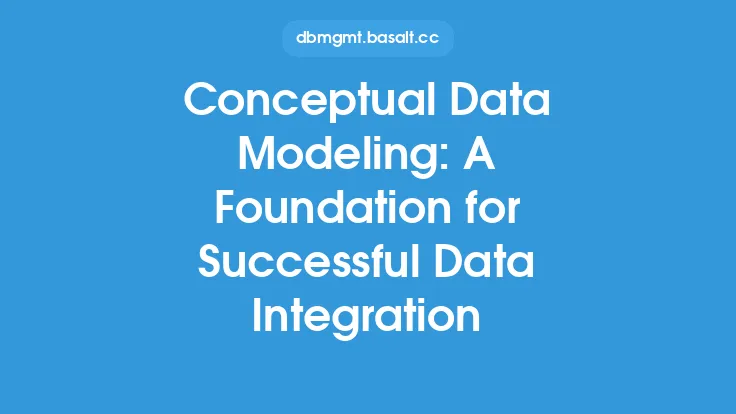Data standardization is a critical aspect of data management that involves establishing a common format, vocabulary, and set of rules for collecting, storing, and processing data. It is a key component of a successful data governance strategy, as it enables organizations to ensure the quality, consistency, and reliability of their data. In this article, we will delve into the world of data standardization, exploring its importance, benefits, and best practices, as well as the technical aspects of implementing a data standardization program.
Introduction to Data Standardization
Data standardization is the process of transforming data into a standard format, making it easier to compare, analyze, and share. It involves creating a set of rules, guidelines, and protocols for data collection, storage, and processing, ensuring that data is consistent, accurate, and reliable. Data standardization is essential in today's data-driven world, where organizations rely on data to make informed decisions, drive business growth, and improve customer experiences. By standardizing data, organizations can reduce errors, improve data quality, and increase the efficiency of data processing and analysis.
Benefits of Data Standardization
The benefits of data standardization are numerous and significant. Some of the most notable advantages include:
- Improved data quality: Data standardization ensures that data is accurate, complete, and consistent, reducing errors and inconsistencies that can lead to poor decision-making.
- Increased efficiency: Standardized data enables organizations to automate data processing and analysis, reducing manual errors and increasing the speed of data-driven decision-making.
- Enhanced data sharing and collaboration: Standardized data facilitates data sharing and collaboration across departments, teams, and organizations, promoting a culture of data-driven decision-making.
- Better data analysis and insights: Standardized data enables organizations to analyze and compare data from different sources, providing a more comprehensive understanding of business performance and customer behavior.
- Reduced data redundancy and duplication: Data standardization eliminates data redundancy and duplication, reducing storage costs and improving data management efficiency.
Data Standardization Techniques
There are several data standardization techniques that organizations can use to standardize their data. Some of the most common techniques include:
- Data profiling: Data profiling involves analyzing data to identify patterns, trends, and inconsistencies, providing a foundation for data standardization.
- Data cleansing: Data cleansing involves removing errors, duplicates, and inconsistencies from data, ensuring that data is accurate and reliable.
- Data transformation: Data transformation involves converting data from one format to another, enabling organizations to standardize data from different sources.
- Data validation: Data validation involves checking data against a set of rules and guidelines, ensuring that data is consistent and accurate.
- Data normalization: Data normalization involves organizing data into a standardized format, reducing data redundancy and improving data management efficiency.
Data Standardization Tools and Technologies
There are several data standardization tools and technologies that organizations can use to implement a data standardization program. Some of the most common tools and technologies include:
- Data integration platforms: Data integration platforms enable organizations to integrate data from different sources, standardizing data and providing a unified view of business performance.
- Data quality tools: Data quality tools enable organizations to analyze, cleanse, and transform data, ensuring that data is accurate and reliable.
- Data governance platforms: Data governance platforms enable organizations to establish and enforce data standards, policies, and procedures, ensuring that data is managed and used effectively.
- Data warehousing solutions: Data warehousing solutions enable organizations to store and manage large amounts of data, providing a centralized repository for standardized data.
Best Practices for Data Standardization
To implement a successful data standardization program, organizations should follow best practices that ensure data is accurate, consistent, and reliable. Some of the most important best practices include:
- Establishing clear data standards and policies: Organizations should establish clear data standards and policies, ensuring that data is collected, stored, and processed consistently.
- Providing training and education: Organizations should provide training and education to employees, ensuring that they understand the importance of data standardization and how to implement it effectively.
- Monitoring and enforcing data standards: Organizations should monitor and enforce data standards, ensuring that data is accurate and consistent.
- Continuously reviewing and updating data standards: Organizations should continuously review and update data standards, ensuring that they remain relevant and effective.
Challenges and Limitations of Data Standardization
While data standardization is a critical aspect of data management, it can also be challenging and complex. Some of the most significant challenges and limitations include:
- Data complexity: Data standardization can be challenging when dealing with complex data sets, such as those that involve multiple formats, structures, and sources.
- Data volume: Data standardization can be challenging when dealing with large volumes of data, requiring significant resources and infrastructure.
- Data variability: Data standardization can be challenging when dealing with data that is variable or inconsistent, requiring advanced techniques and technologies to standardize.
- Organizational culture: Data standardization can be challenging when organizations lack a culture of data-driven decision-making, requiring significant change management and training efforts.
Conclusion
Data standardization is a critical aspect of data management that enables organizations to ensure the quality, consistency, and reliability of their data. By establishing a common format, vocabulary, and set of rules for collecting, storing, and processing data, organizations can reduce errors, improve data quality, and increase the efficiency of data processing and analysis. While data standardization can be challenging and complex, it is essential for organizations that want to make informed decisions, drive business growth, and improve customer experiences. By following best practices, using the right tools and technologies, and continuously reviewing and updating data standards, organizations can implement a successful data standardization program that drives business success.
